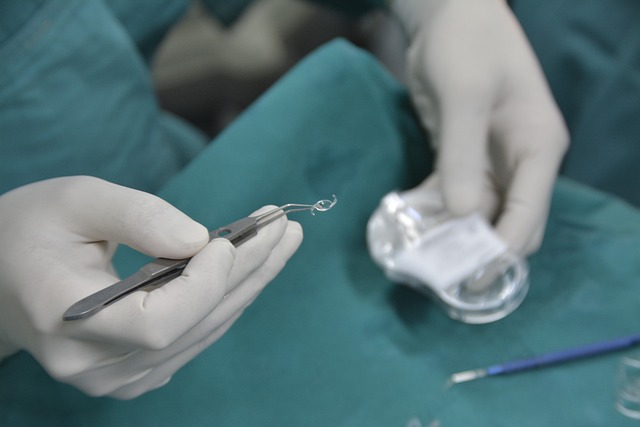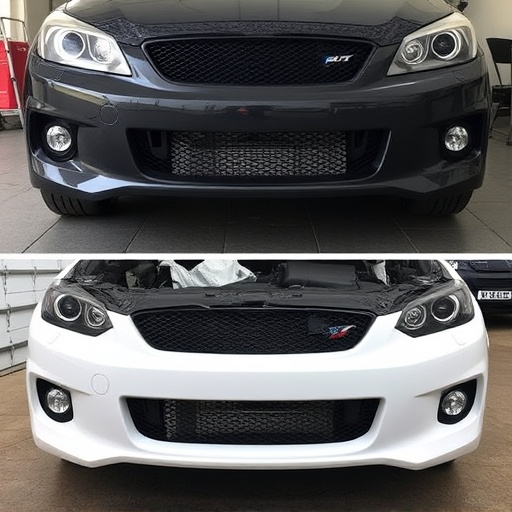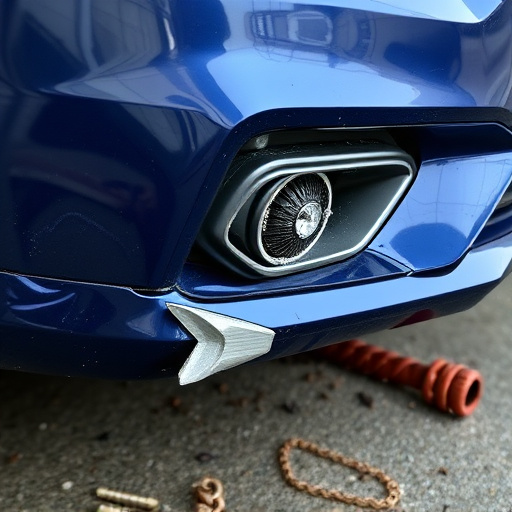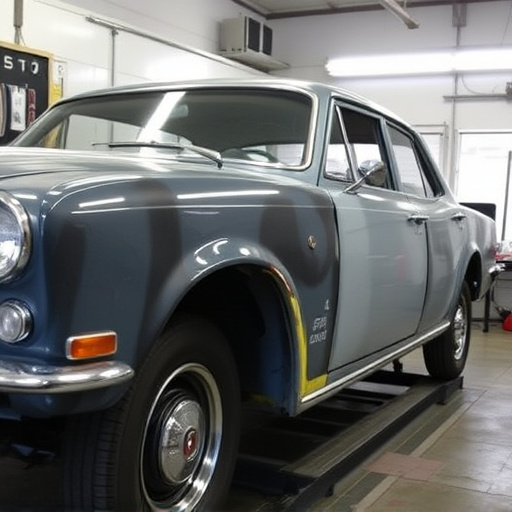Undercarriage inspection repair is a meticulous process vital for maintaining vehicle structural integrity and enhancing fuel efficiency. Skilled technicians access hidden components to address issues like increased rolling resistance or inefficient combustion. Regular inspections are crucial for early problem detection, saving money at the pump while preserving vehicle health. Best practices include proper tire inflation, regular undercarriage cleaning, checking air filters, and using recommended engine oil grades, with professional auto body services offering detailed inspections and tailored solutions.
Undercarriage inspection and repair are essential maintenance practices that can significantly impact a vehicle’s fuel efficiency. This article delves into the process of undercarriage maintenance, highlighting its key benefits for fuel economy. We explore best practices to optimize fuel efficiency post-repair, ensuring your vehicle runs smoothly while conserving energy. Understanding these strategies is crucial for both cost savings and environmental sustainability. By implementing regular undercarriage inspection repair, folks can navigate towards a more efficient future.
- Understanding Undercarriage Inspection Repair Process
- Key Benefits of Regular Maintenance on Fuel Economy
- Best Practices for Optimizing Fuel Efficiency Post-Repair
Understanding Undercarriage Inspection Repair Process
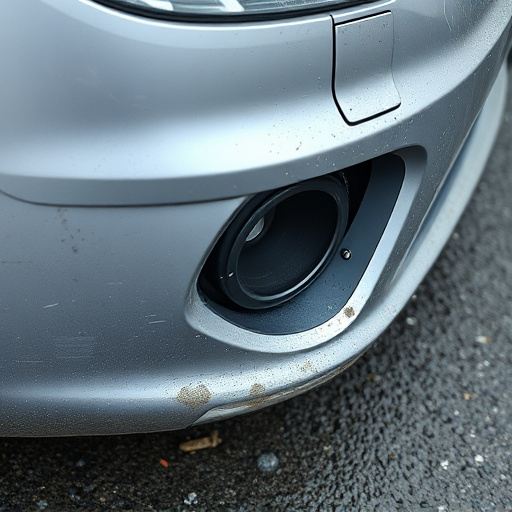
Undercarriage inspection repair is a critical process that involves meticulous examination and fixing of components beneath a vehicle’s body, including suspension systems, exhausts, and fuel lines. It requires skilled technicians equipped with specialized tools to access and address issues often hidden from plain sight. This procedure not only ensures the structural integrity of a car but also plays a significant role in improving its overall fuel efficiency.
Regular undercarriage inspections are an integral part of automotive repair services, helping to identify potential problems early on. For instance, faulty suspension components can lead to increased rolling resistance, impacting fuel economy. Similarly, damaged fuel lines or exhaust systems can cause inefficient combustion and higher fuel consumption. Therefore, a well-performed undercarriage inspection is not just about preserving the car’s bodywork but also optimizing its performance, making it a crucial step for Mercedes Benz repair among other vehicle maintenance routines.
Key Benefits of Regular Maintenance on Fuel Economy
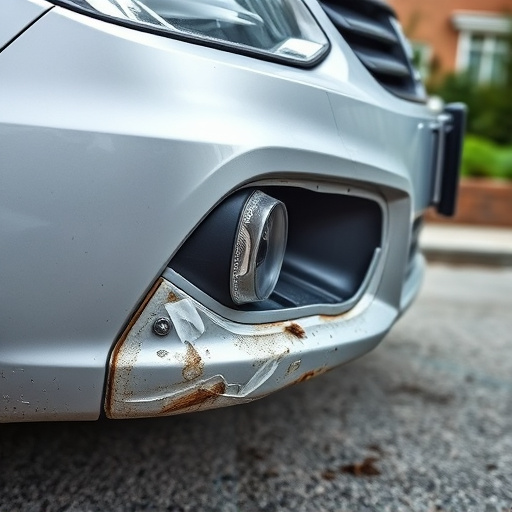
Regular undercarriage inspection repair plays a pivotal role in enhancing your vehicle’s fuel efficiency. By identifying and rectifying issues like rust, loose parts, or damage early on, you significantly reduce drag and weight. This translates into better fuel economy as the engine doesn’t have to work as hard to propel the vehicle forward.
Moreover, undercarriage maintenance often involves complementary services such as dent repair and general automotive body work. A well-maintained exterior, free from dents and dings, contributes to a smoother ride and further optimizes fuel consumption. Visiting an automotive body shop for routine checks and repairs is an investment in both the longevity of your vehicle and your wallet, ensuring you save money at the pump while also preserving the overall health of your car.
Best Practices for Optimizing Fuel Efficiency Post-Repair
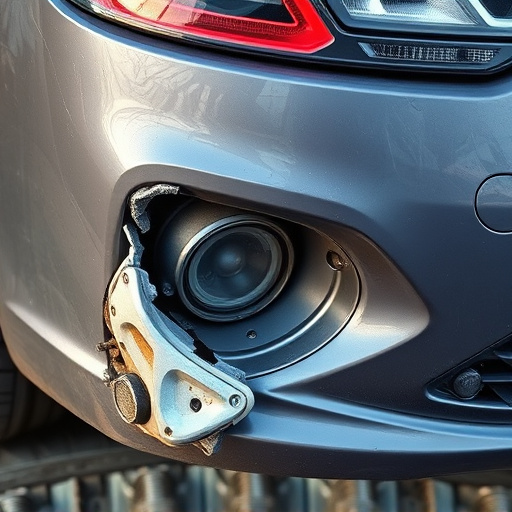
After completing an undercarriage inspection repair, adopting best practices can significantly optimize fuel efficiency. This includes ensuring proper tire inflation, as even a slight misalignment can lead to increased fuel consumption. Regularly maintaining and cleaning the undercarriage not only prevents debris buildup but also reduces drag, allowing for smoother and more efficient driving. Additionally, checking and adjusting air filters, replacing old or clogged ones, and using recommended engine oil grades are simple yet effective steps that contribute to better mileage.
It’s equally important to consider the role of professional auto body services in fuel efficiency optimization. Skilled technicians can perform detailed undercarriage inspections, identify potential issues early on, and offer tailored solutions specific to your vehicle. Regular visits to a trusted vehicle body shop for maintenance and repairs not only prolongs the life of your car but also ensures it runs efficiently, saving you money at the gas pump in the long run.
Undercarriage inspection repair plays a pivotal role in enhancing fuel efficiency, proving that regular maintenance can significantly impact a vehicle’s performance. By addressing potential issues early on, drivers can expect improved mileage and reduced fuel consumption. Implementing best practices post-repair further optimizes fuel economy, ensuring a more sustainable and cost-effective driving experience. Embracing the undercarriage inspection repair process is a smart step towards greener transportation.

